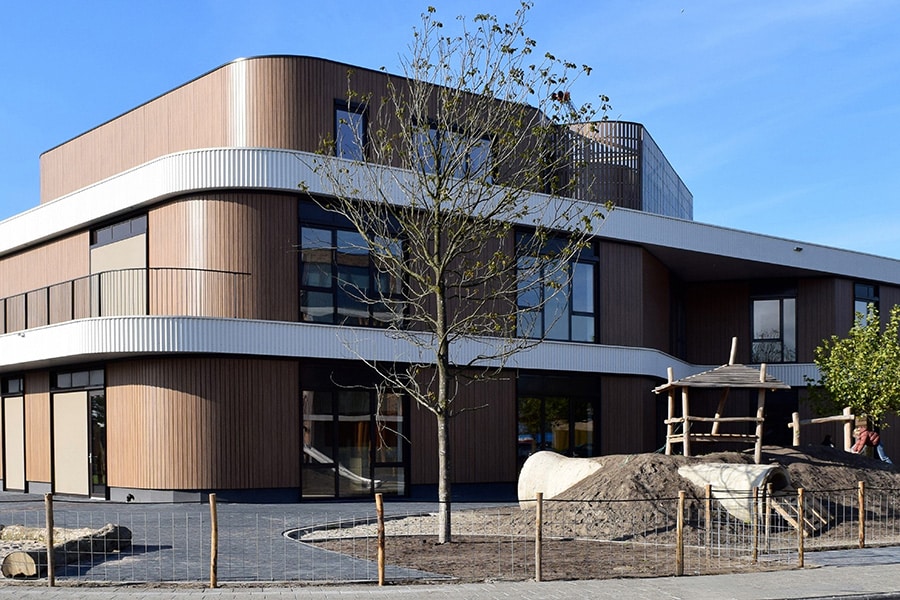
Fire-safe storage new style
The law will officially take effect during 2022. In practice, that makes little difference. Companies must already comply with the frameworks of the new Environment Act, for example when it comes to the fire-safe production, transport, use or storage of goods. In this article, we focus on fire-safe construction and the fire-safe storage of dangerous goods (PGS 15).
New design of PGSs
With the advent of the new Environment Act, the PGS guidelines will have a new format. The purpose of PGS 15 is to control the risks of storing packaged hazardous substances. The PGS guideline describes measures to achieve that goal. These measures are based on a risk approach, which assumes possible scenarios.
Culture change
There are two ways of dealing with fire safety: rule-oriented and risk-oriented. For fire-safe construction, the rule-oriented approach is dominant, while in the area of the environment a risk-oriented approach is more often adopted. The new environmental law is more in line with the risk-oriented approach for the storage of hazardous materials. It is important that stakeholders - client, contractor, safety region and insurer - seek each other out at an early stage.

Good translation into practice
Proper translation from design to practice is also a challenge for fire-safe construction and storage. This has to do with the following: the testing of fire-resistant structures is often done as a whole. But in practice, a fire barrier is often built with components from different suppliers. That can impact a permit or liability. It's important for companies, contractors and architects to take that into account.
Equivalence as a basis for fire safety?
Standard situations usually pose few problems. It often gets complicated with deviations or customization. For example, a distribution center that wants larger fire compartments because it is logistically more convenient. Or one wants additional storage capacity for hazardous materials. Often companies and contractors then invoke equivalence. In other words, they argue that the deviating spaces meet the fire safety requirements. And then it becomes difficult. Because the fire department advises on the permit and has an effects approach: they want to be able to control the risks with their team. In turn, an insurer may go for a risk approach, while a contractor is simply tasked with putting up a building that meets certain conditions.
Hebel aerated concrete 360 minutes fire resistant
PGS "new style" is mainly about a new way of working. It is not so much the rules that are going to bring this about, but the parties involved. Therefore, it is essential that the risks are clear so that a good fire safety concept is arrived at on that basis.
Want to know more about Xella's solutions for fire-safe construction, or talk through a specific project? Our consultants are at your service with experience and specific knowledge of building regulations. Hebel aerated concrete is also 360 minutes fire resistant. That's more than six times the standard of 60 minutes! So you build even safer, faster and more efficiently.



